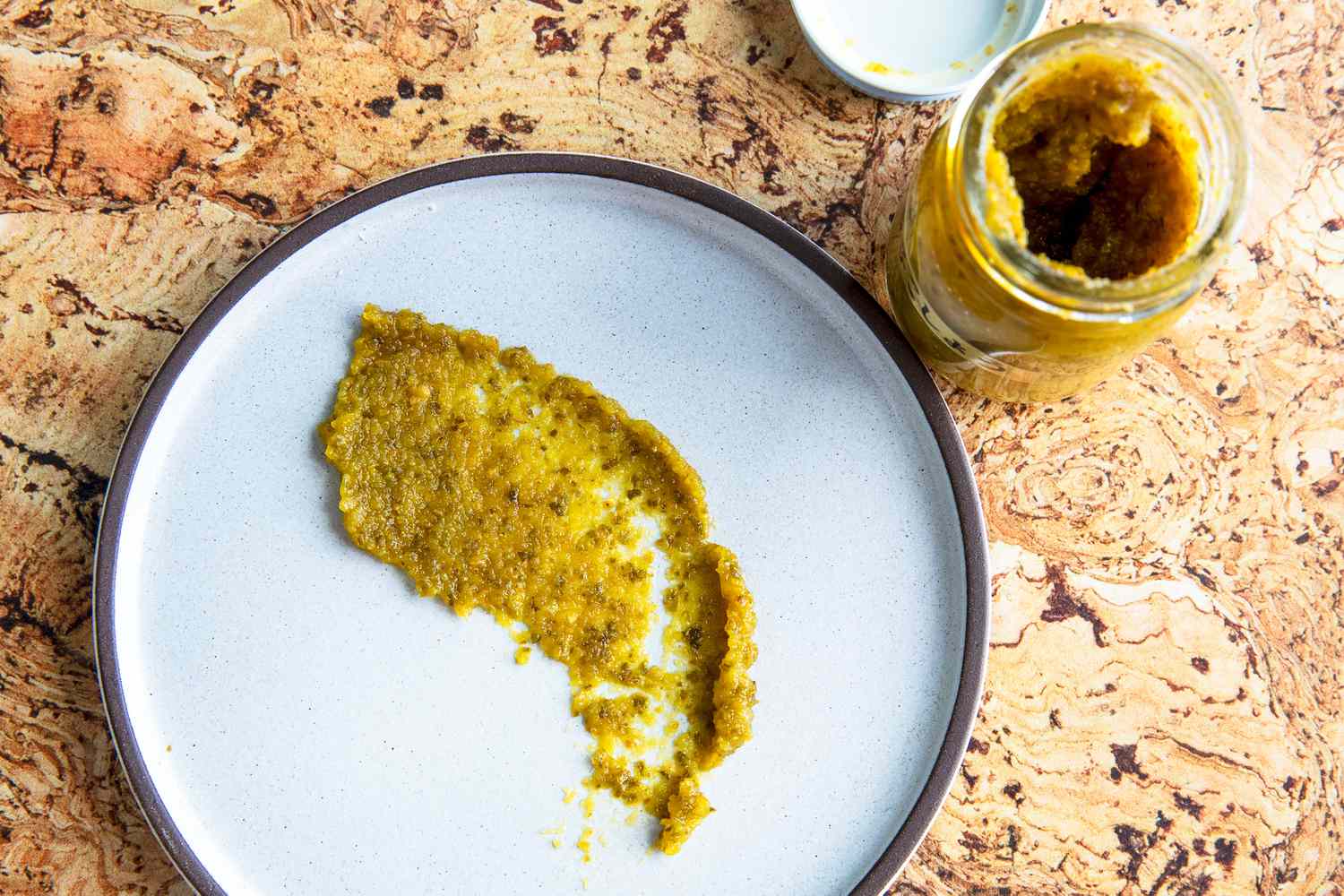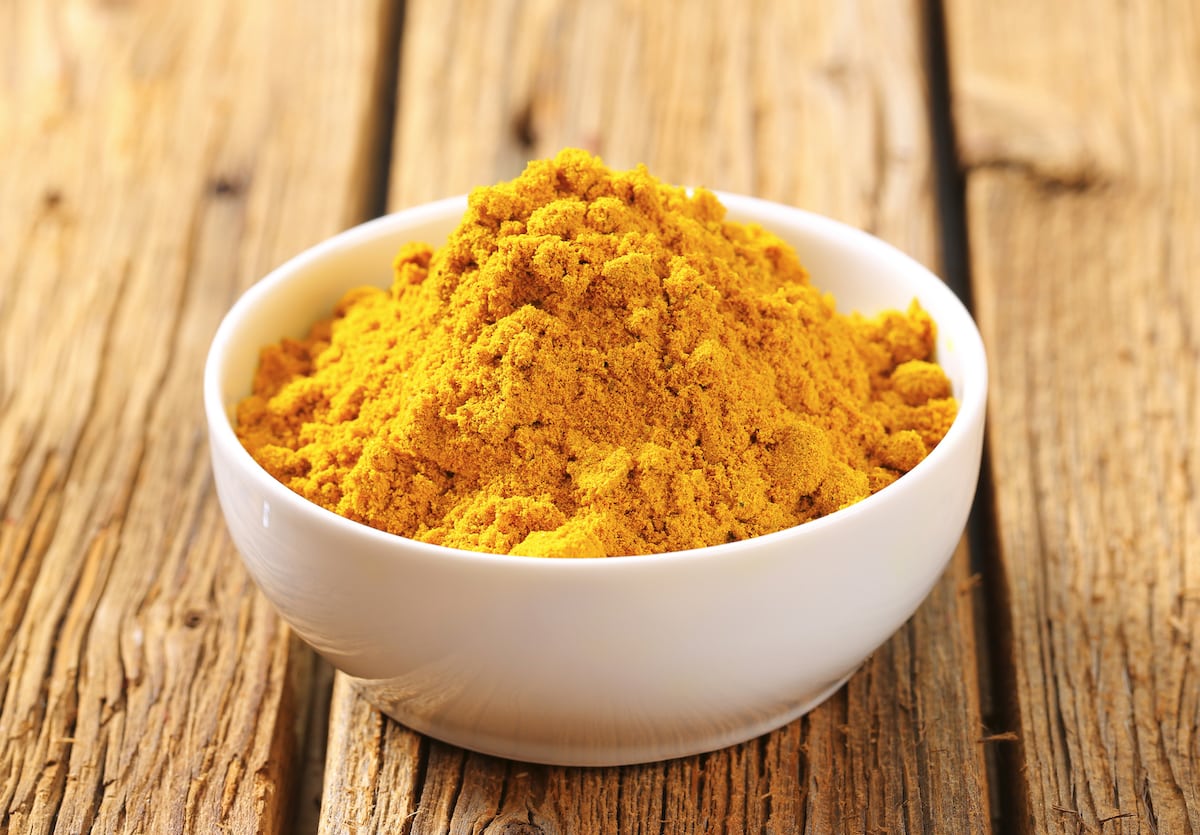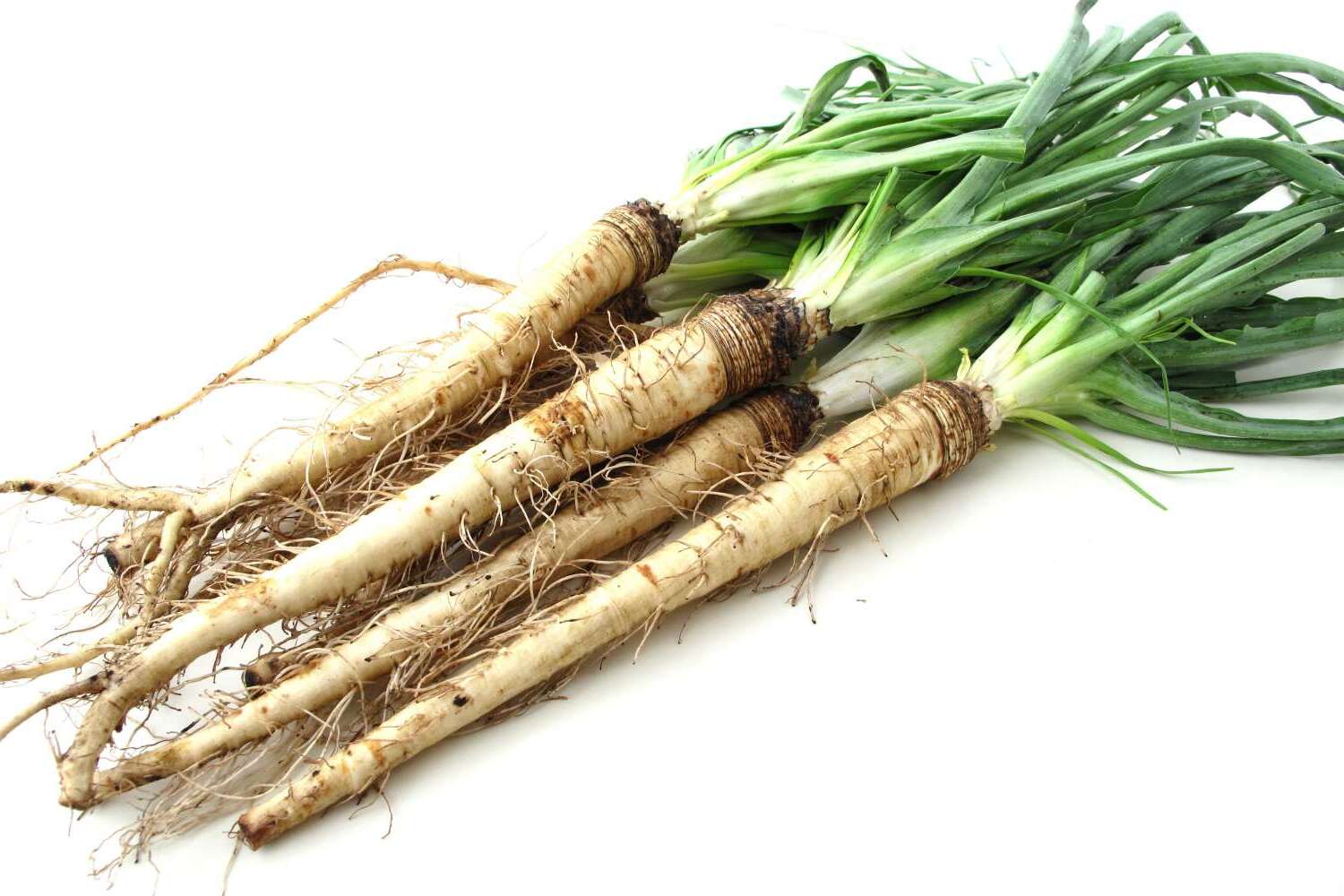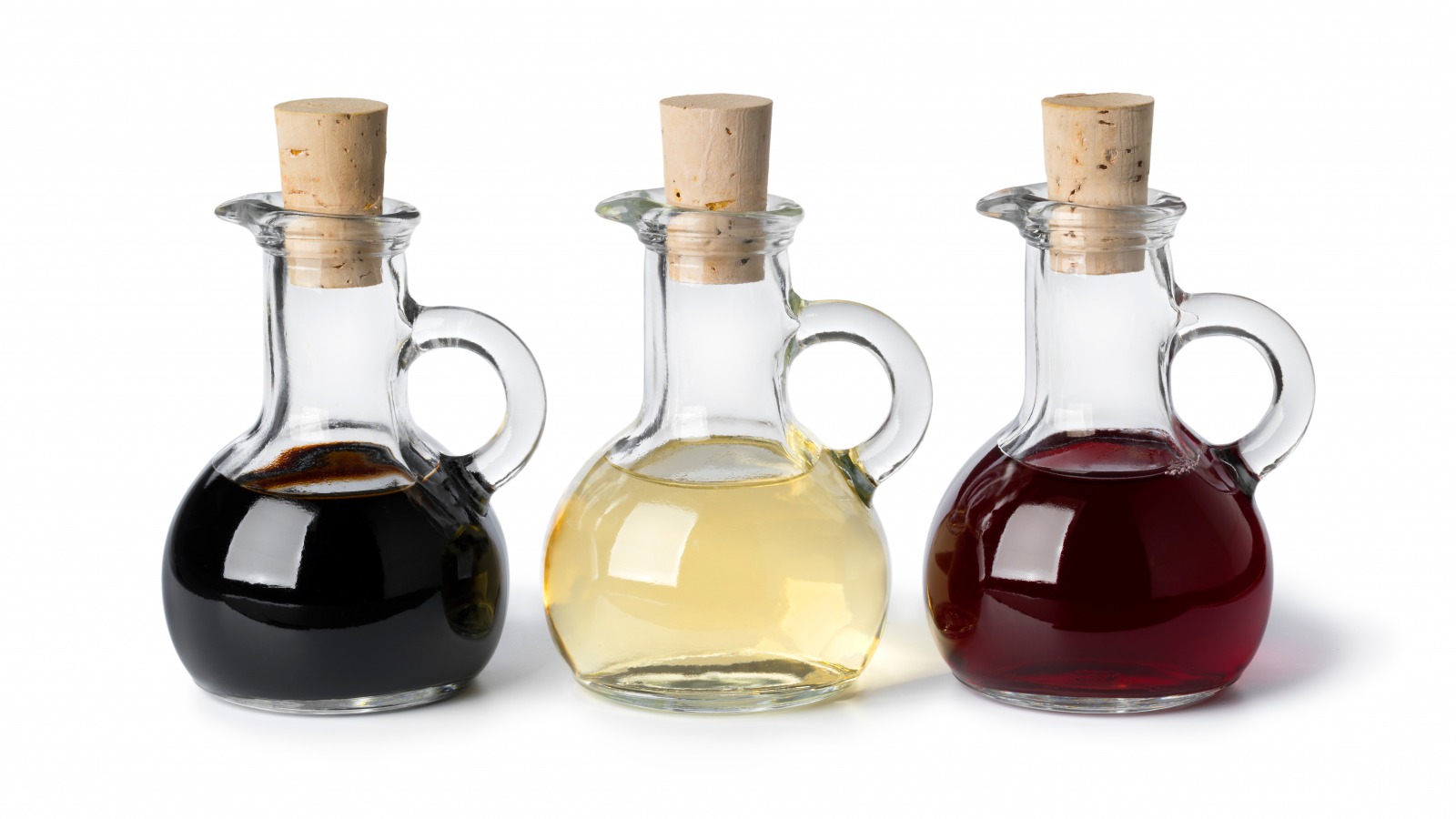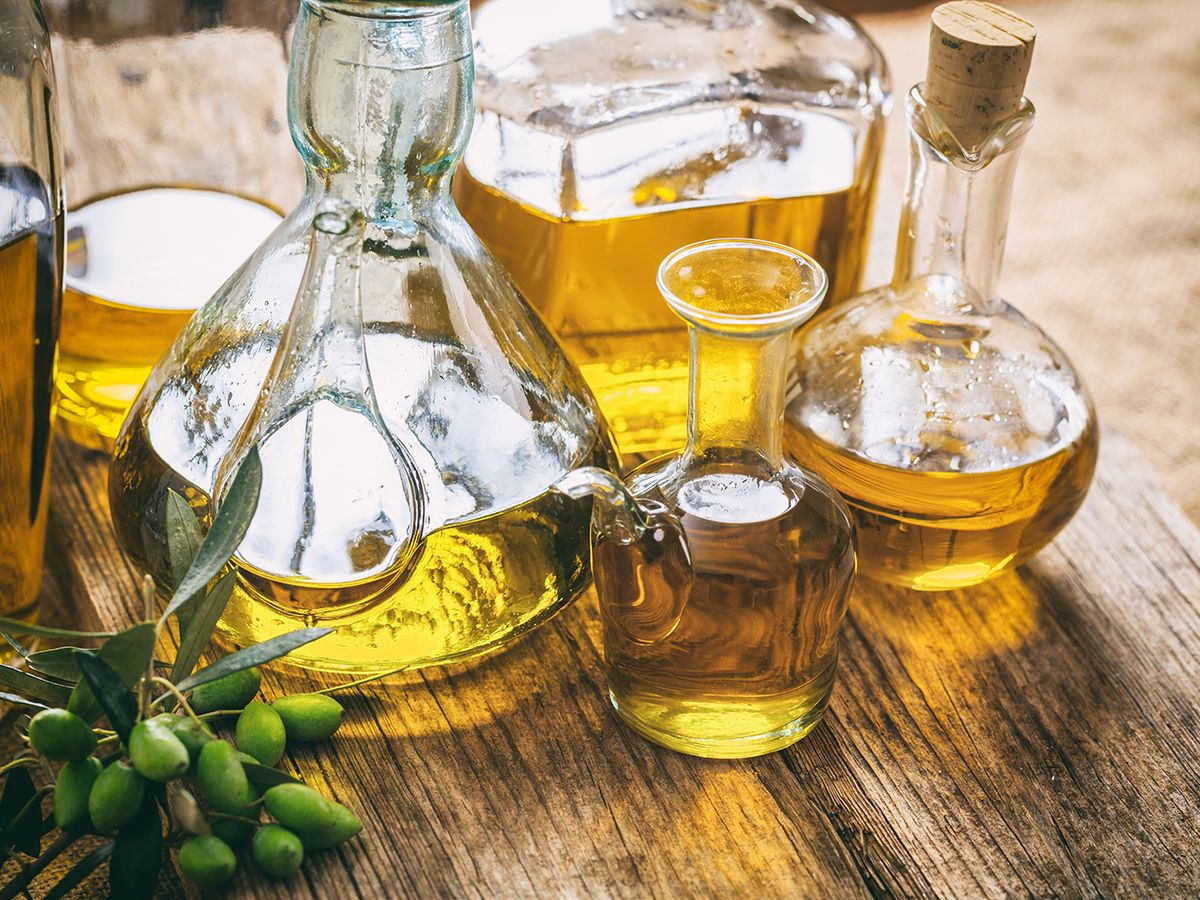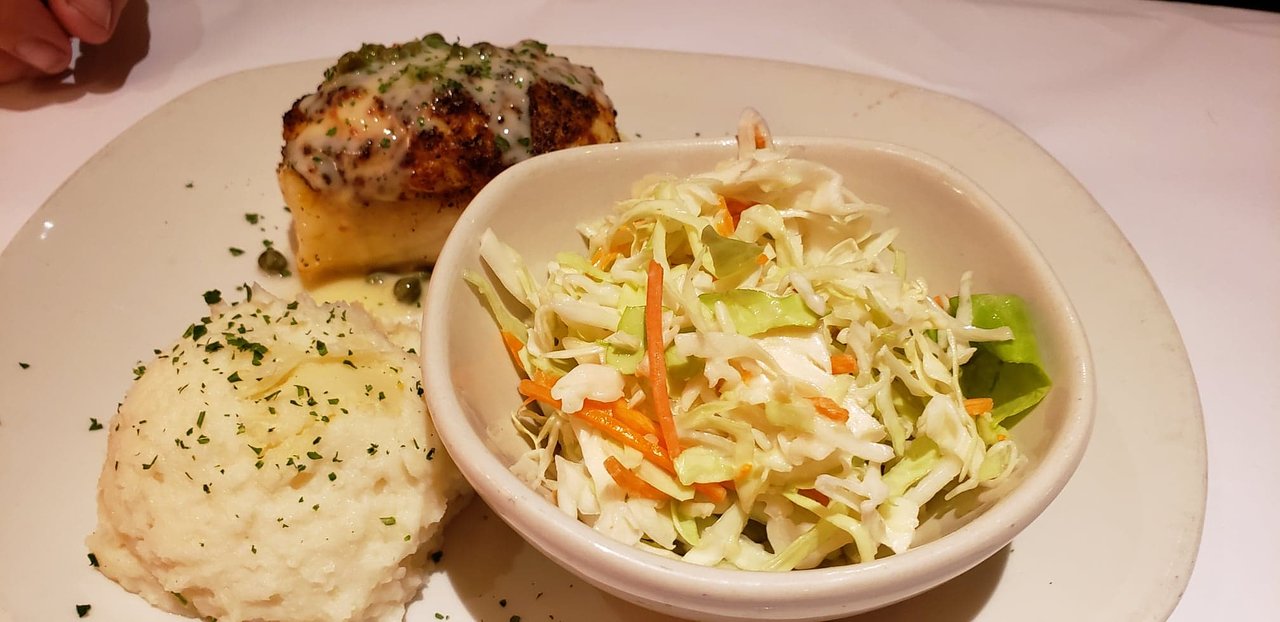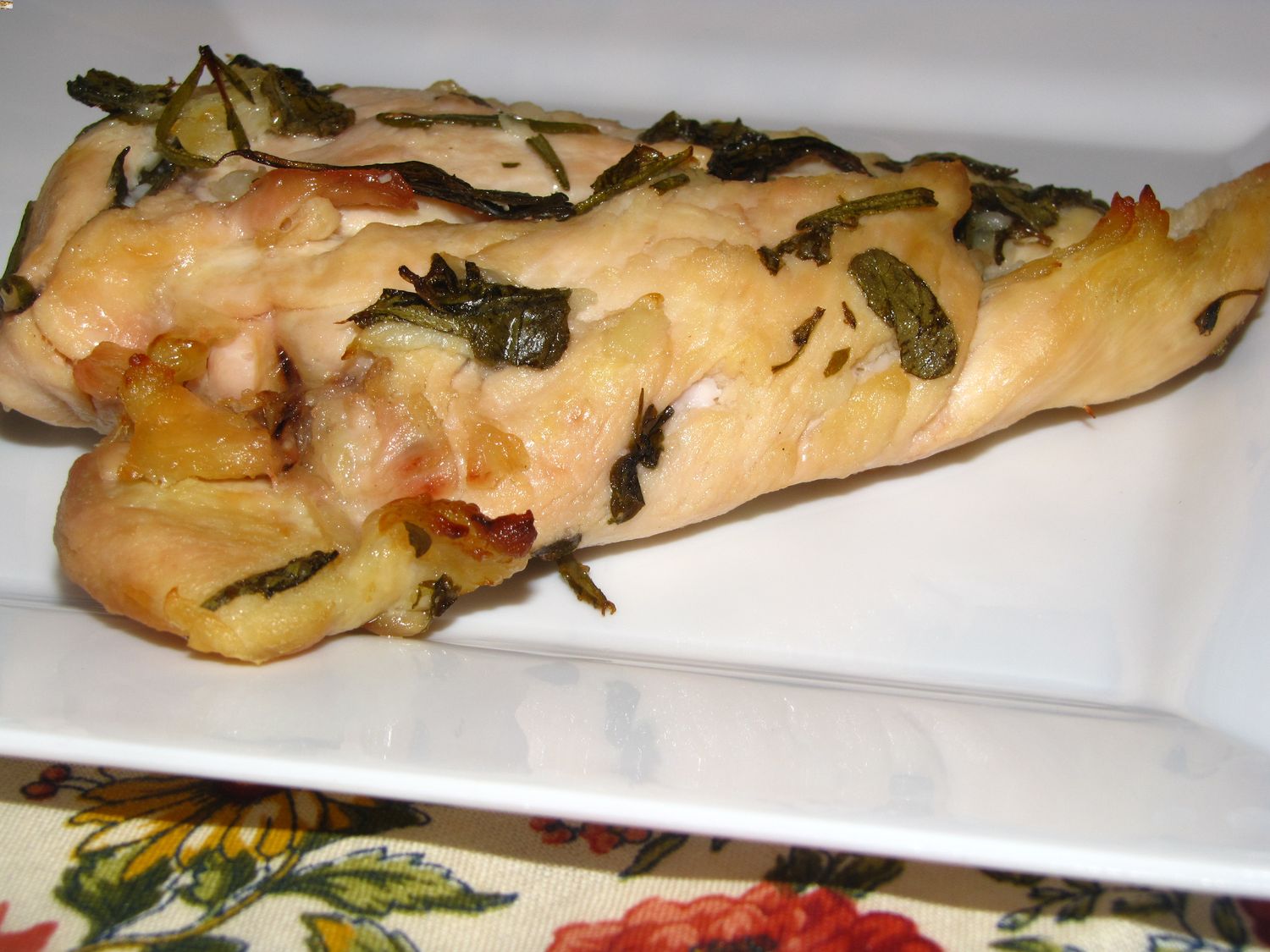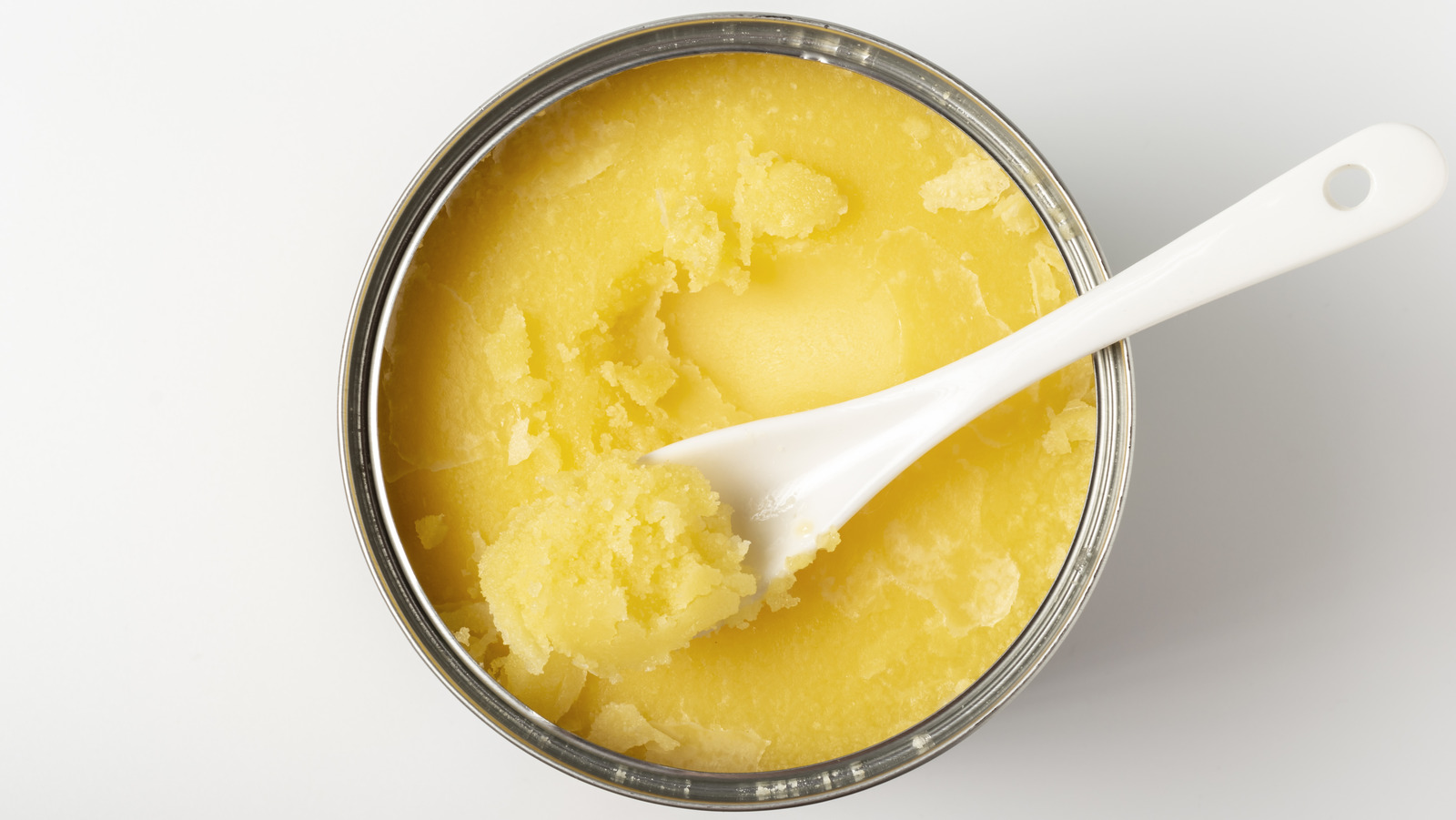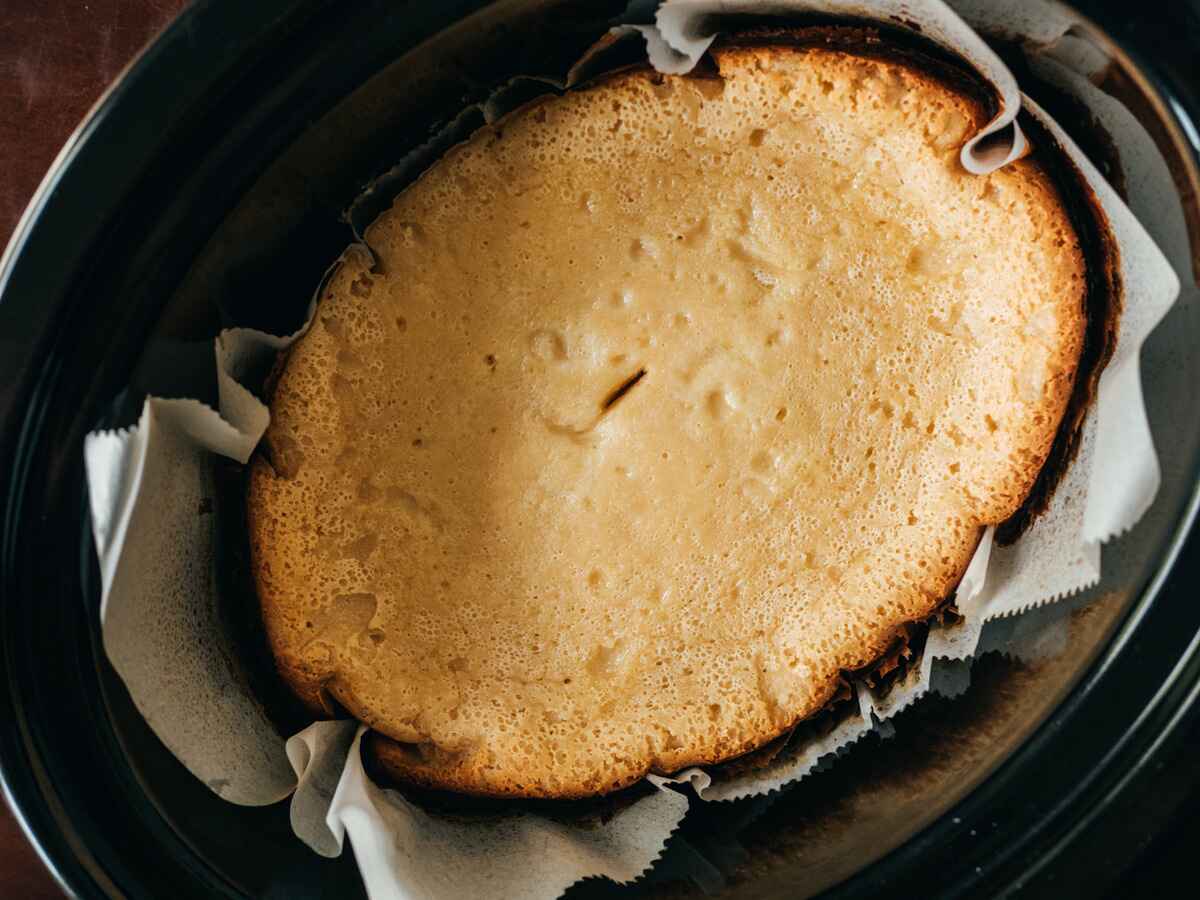Understanding the Art of Canning
Have you ever wondered how your favorite fruits and vegetables can stay fresh for months? The answer lies in the age-old practice of canning. Canning is a method of preserving food by sealing it in airtight containers, allowing it to be stored for extended periods without spoiling. Let’s delve into the fascinating world of canning and explore its history, benefits, and techniques.
The History of Canning
Canning has been around for centuries, with its roots traced back to the late 18th century. The process was developed as a solution to preserve food for long sea voyages and military campaigns. The invention of the canning process is credited to Nicolas Appert, a French chef and confectioner, who discovered that food could be preserved by sealing it in airtight containers and heating it to kill bacteria and other microorganisms.
The Benefits of Canning
Canning offers numerous benefits, making it a popular choice for preserving food. Some of the key advantages of canning include:
- Extended Shelf Life: Canned foods can last for several years, allowing you to enjoy your favorite seasonal produce all year round.
- Nutrient Retention: When done properly, canning helps retain the nutritional value of the food, ensuring that essential vitamins and minerals are preserved.
- Convenience: Canned foods are convenient and readily available, making meal preparation quick and easy.
- Cost-Effective: Canning allows you to take advantage of seasonal abundance and save money by preserving excess produce for later use.
The Canning Process
The canning process involves several key steps to ensure the safe preservation of food. These steps typically include:
- Preparation: The first step in canning is to prepare the food by washing, peeling, and cutting it into the desired size.
- Heat Processing: The prepared food is then placed in jars or cans and heated to a specific temperature to kill bacteria and other harmful microorganisms.
- Sealing: Once the food is heated, the containers are sealed to create an airtight environment, preventing spoilage.
- Cooling and Storage: After sealing, the containers are allowed to cool before being stored in a cool, dark place for future use.
Types of Canning
There are two primary methods of canning: water bath canning and pressure canning.
Water Bath Canning: This method is suitable for high-acid foods such as fruits, pickles, and jams. The food is placed in jars, covered with boiling water, and heated to a specific temperature to ensure safe preservation.
Pressure Canning: Pressure canning is used for low-acid foods such as vegetables, meats, and soups. The food is placed in jars and processed in a pressure canner at a higher temperature to eliminate the risk of botulism and other harmful bacteria.
Conclusion
Canning is a time-honored tradition that allows us to enjoy the flavors of fresh produce throughout the year. Whether you’re a seasoned canner or new to the practice, understanding the art of canning can open up a world of culinary possibilities. So, roll up your sleeves, gather your favorite fruits and vegetables, and embark on a canning adventure to savor the taste of nature’s bounty all year long.
Was this page helpful?
Read Next: What Is Chicken Flour?
